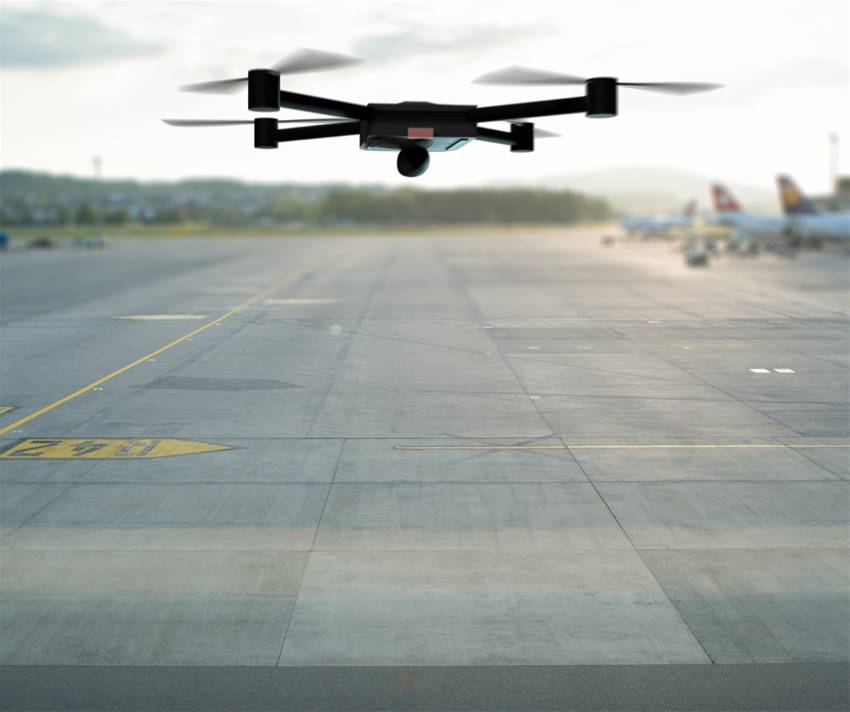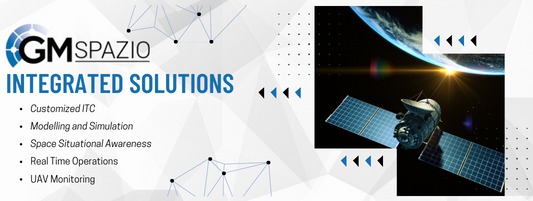
Drones become in a few years game changer objects, but “drone” itself is a false friend; drone is an ambiguous term similar to “food” where a variety of ailments are grouped together becoming a general concept.
Today in common understanding drones are the unmanned aerial objects every day mentioned by TV News about the Ukraine-Russia war scenario, instead, these types of drones are RPAS (Remotely Piloted Aerial Systems) and they aren’t so far from similar manmade objects running around Earth since 1957 October 4th when Sputnik was launched. It seems to be a strange comparison but also satellites are unmanned vehicles remotely piloted, the only difference is the environment where they are operating.
Let’s come back to the common understanding of drones, we find them everywhere, from TV and cinema as movie-making devices, to land surveillance as monitoring sensors, and unfortunately also in war theatres as bearers of death.
Currently, there are many types of drones depending on their utilization environment, ROVs (Remote Operated Vehicles) for undersea environments, UAVs (Unmanned Aerial Vehicles), etc.
Mainly we think of drones as independent and unmanned systems capable to perform without human control. It’s a false perception because drones are always directed by human decisions, sometimes remotely piloted, sometimes executing a preloaded route.
The next step in UAV growth, bringing them to the full meaning of Unmanned Vehicles will be supported by Artificial Intelligence, a very delicate paradigm driving current technologies to become either a valuable support to mankind or a nightmare for our future presence over the Earth.
Until 10 years ago, aerial drones were an exceptional innovation whose use was limited to a few people authorized to fly them. Today, anyone can easily buy and fly a commercial drone at a low altitude, and UAVs are used in a wide variety of ways, in civil as well as military settings.
Despite the restrictions and regulations in place, it is very difficult to control and monitor the flight of drones, especially in view of the continuous technological advancement and the considerable increase in the number of UAVs in circulation.
Needless to conceal that drones are also used for illicit purposes, to spy and steal data, and to damage infrastructure and even people. More and more companies are reporting drone intrusions and unauthorized flights, and UAVs have become a commonly used means of transporting objects and narcotics to prisons.
In recent years, there have been several disruptions that have shown how inappropriate use of UAVs can harm the community and make them real threats to the community. These include the plane crash in South Carolina in 2018 when a helicopter crashed into a drone or the closure of Newark Airport in 2019 due to the unauthorized flight of a UAV.
Sensitive facilities such as prisons, government offices, infrastructure, and airspace, civil and military, must be protected from prying eyes and threats.
This requires considering that drones are small, remotely controlled objects that can escape surveillance cameras and the need to catch these threats in the act and as soon as possible, to avoid the possible collection of sensitive images and data.
A possible solution could be the extended use of Sense-and-Avoid technologies transformed into Sense-and-Destroy systems; to do that it’s mandatory to start considering we must have efficient and effective protection systems dedicated to these potentially dangerous devices.





